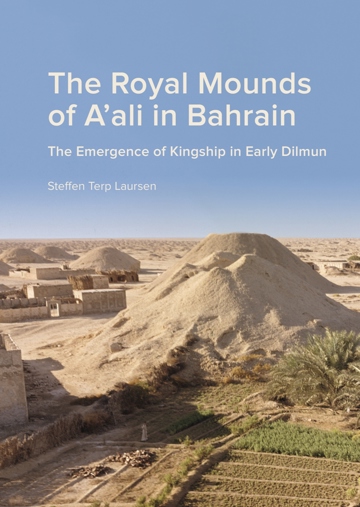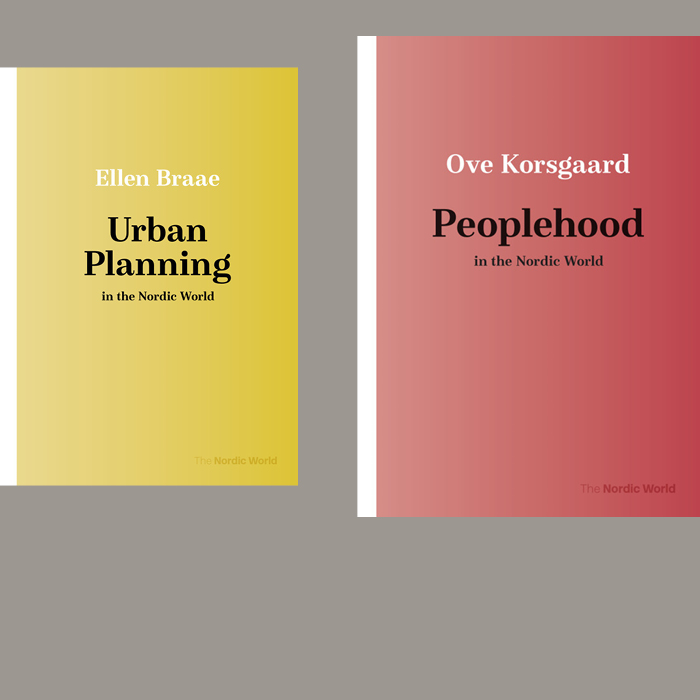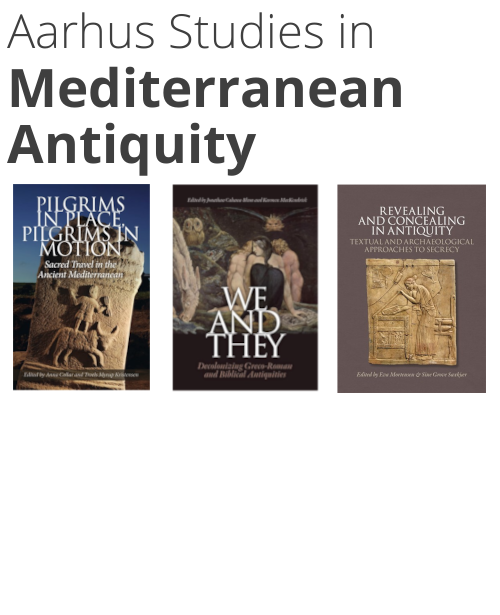
The Royal Mounds of A'ali in Bahrain
The Emergence of Kingship in Early Dilmun
A part of the series Jysk Arkæologisk Selskabs Skrifter (100) , and the subject area Archaeology
With contributions by
Gianni Marchesi,
Jesper Olsen and
Thomas Van de Velde
More about the book
About the book
The Royal Mounds of A’ali in Bahrain has long been shrouded in mystery and suspected to be the final resting place of the Bronze Age kings of Dilmun. Puzzled by their great size explorers and professional archaeologists have for hundreds of years attempted to penetrate their interior and wrestle secrets and treasures from the tombs. This book presents information from the early days of archaeological exploration at A’ali as well as new data from the joint Bahrain - Moesgaard Museum investigations 2010 -2016 directed by the author.
The evidence from both old and new field explorations at A’ali are meticulously analyzed. The results are discussed with a strong focus on the royal cemetery as an institution, using a theoretical approach based on the anthropology and ethnography of death rituals. Emphasis is also placed on developing an architectural typology and a radio-carbon based chronology of the royal tombs at A’ali. In this study, vast quantities of hitherto unpublished data from excavations in the burial mounds of Bahrain is integrated to allow a more informed and diachronic picture of the evolution in tomb architecture, death rituals and social organization in the Early Dilmun period, c. 2200-1700 BC. Philological evidence is presented which demonstrates that the entombed kings were of Amorite ancestry. The study reveals that the Amorite Dynasty buried at A’ali emerged with the formation of huge monumental tombs in a royal cemetery proper around 2000-1900 BC and lost its grip on power c. 1700 BC.
For purchases outside of Denmark:
If you are located in the USA or Canada, please contact our US distributor, Longleaf Services, at orders@longleafservices.org or +1 919-503-6590.
For purchases in all other countries, you can find the title through our global distributor, The Mare Nostrum Group, here: https://mngbookshop.co.uk




